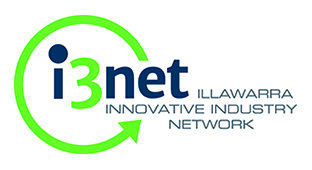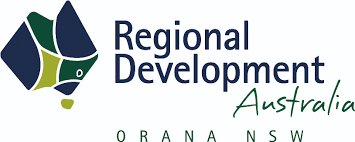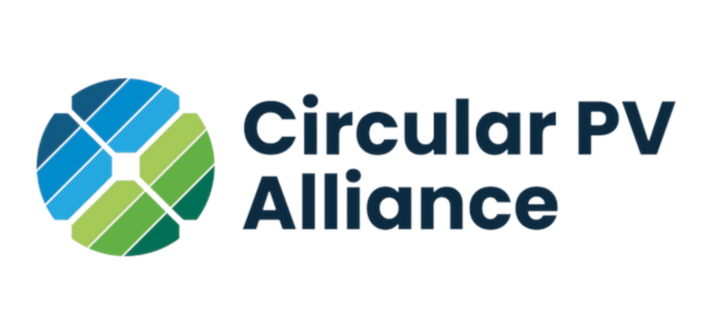Clean Energy Council report scopes skills needed for the energy transition
Report warns that Australia runs the risk of being unable to meet its new climate targets unless the current and growing labour shortages and skills gaps across the clean energy industry are filled.

Ahead of the Albanese Government's National Jobs and Skills Summit in Canberra this week, the Clean Energy Council is releasing a new report: Skilling the Energy Transition. The report makes six recommendations to fix the skills and labour challenges that could throttle the success of Australia's clean energy transition unless urgently addressed.
The recommendations are:
- Calibrate higher education to meet clean energy industries' interests.
- Anticipate clean energy workforce needs.
- Raise the profile of working in clean energy as an opportunity for all Australians.
- Establish a Transition Authority.
- Enhance the Vocational Education and Training Sector's capacity to understand and meet the demands of industry.
- Raise the international profile of Australia and support increased transfer of international skills and capacity, so Australia becomes a global centre of clean energy expertise.
"This is the key decade, not only for Australia's emissions reduction efforts but also in developing the workforce to drive this economy-wide change," said Clean Energy Council Chief Executive, Kane Thornton.
"Now is the time to take stock and put in place measures to ensure that people and jobs are a focus of Australia's clean energy transition."
The 2022 ISP outlines the case for building 141 GW of large-scale wind and solar capacity, 63 GW of storage and hydro capacity, and 69 GW of small-scale solar and household batteries needed by 2050 to maintain reliability and keep prices down. This represents a ninefold increase in large-scale renewable generation installed in the National Electricity Market and a fivefold increase in small-scale generation.
"Delivering this transformation will require an enormous number of workers – according to Reputex's modelling of the ALP's Powering Australia policy platform, there could be 604,000 additional direct and indirect jobs created by 2030. This presents an enormous opportunity but comes at a time where the existing modest workforce of 30,000 is riddled with challenges, gaps, and unmet demand from industry," said Thornton.
By 2035, 75 percent of clean energy jobs could be in regional Australia with the right policy settings. Clean energy is truly an opportunity for all Australians and can be transformative for our regional economies.
Additionally, while Aboriginal and Torres Strait Islander Australians make up over 3 percent of the population, they comprise just 0.8 per cent of the current clean energy workforce. The clean energy industry wants to put its best foot forward through genuine collaboration with First Nations communities, which means sharing the benefits of clean energy through sustainable and equitable practice and protecting an ancient culture.
While female representation (39 per cent) in the clean energy sector is ahead of that in oil and gas (23 per cent) and coal (16 per cent), they are overrepresented in administration roles (over 60 per cent) and under-represented in senior management roles (32 per cent) and at board level (19 per cent).
"Addressing current and growing labour shortages and skills gaps requires a genuine collaboration between governments, community, agencies and development bodies, the education sector, and the clean energy industry," said Thornton. "We don't have time to waste. Opportunity comes knocking once in a generation. This is our generation's opportunity to deliver a clean energy future for Australia, set us up to become a global clean energy superpower, creating an extraordinary legacy for Australian workers."















